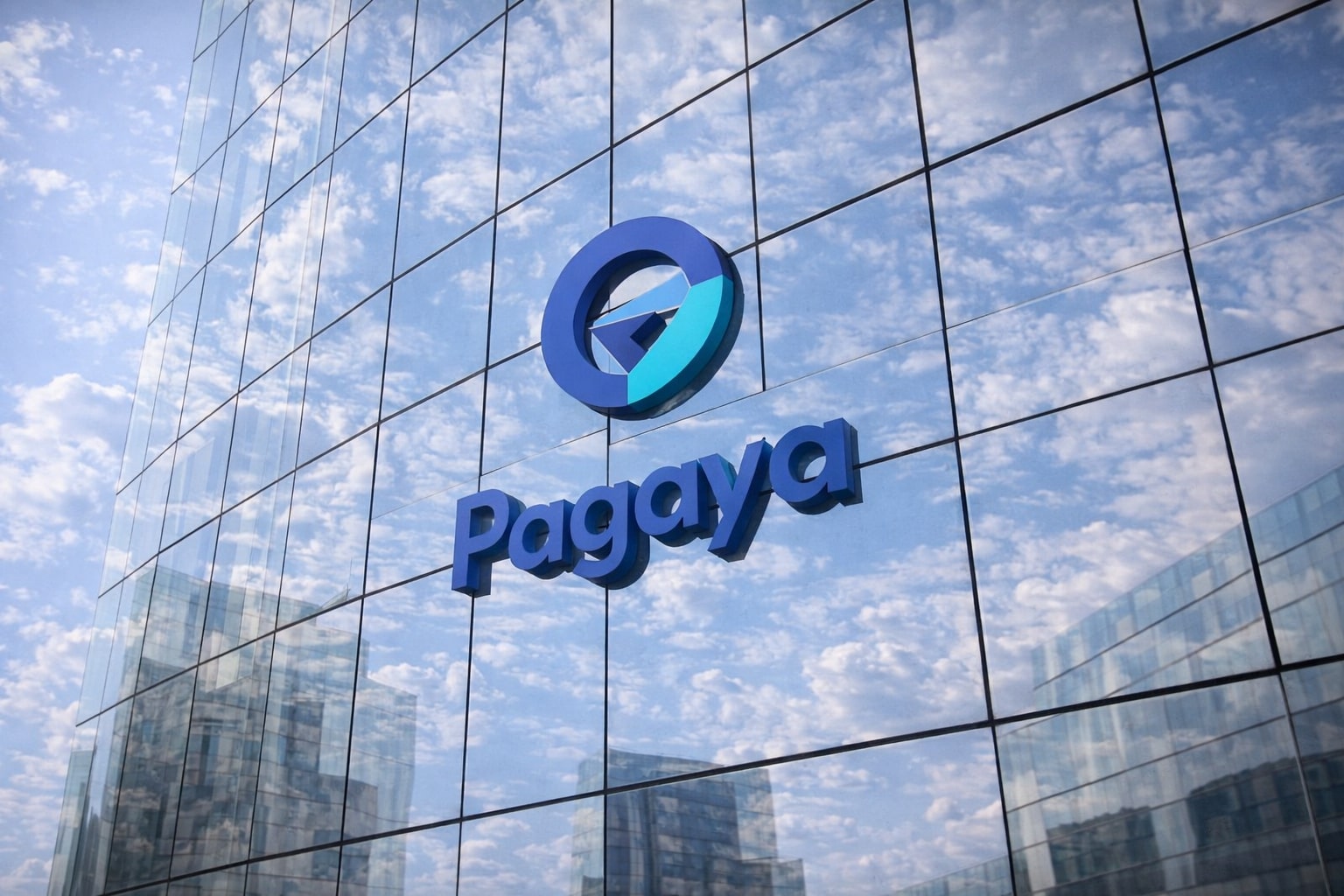World Bank's Global Economic Outlook 2023: Projections and Challenges across Major Regions
Unveiling the patterns of global growth: World Bank's key economic predictions and their implications for developing and developed economies alike
After experiencing a significant contraction in 2022, the East Asia and Pacific (EAP) region has made considerable strides in recuperating, stimulated by the robust economic activity in China, owing to its accelerated reopening process and swift reduction in COVID-19 cases. This recovery was particularly evident in the first quarter of 2023 when the liberation of pent-up demand significantly boosted consumer spending. China witnessed a surge in retail sales and a modest uptick in industrial growth, while a resurgence in contact-intensive service sectors and substantial spending and travel during the Chinese New Year further amplified economic activity. Moreover, the return of migrant workers to their workplaces significantly contributed to the swift economic turnaround.
The Chinese government's infrastructure-related stimulus measures, initiated in 2022, have substantially alleviated the pressures within the country's property sector. These measures have been instrumental in ensuring the completion of unfinished projects and reinstating confidence within the sector, thereby enhancing property prices in several cities. On the flip side, the property sector, burdened by significant debt, has recently shown preliminary signs of gradually emerging from a long-standing slump.
In other parts of the EAP region, the economic growth trajectory decelerated towards the end of 2022 in several economies, including Malaysia, the Philippines, and Vietnam. This slowdown can be attributed to the fading impacts of previous reopening strategies. However, the services sector experienced a substantial boost from the ongoing global recovery in tourism, driven by Chinese tourists leveraging the border reopening opportunities.
Projections indicate that the EAP region's growth will intensify to 5.5% in 2023, with China's recovery counterbalancing slower growth in several other economies. However, this rate is predicted to slightly decline to 4.6% and 4.5% in 2024 and 2025, respectively, corresponding with a slowdown in China and steady growth across the remainder of the region. The Chinese economy is projected to bounce back to 5.6% in 2023, with the reopening and the utilization of accumulated excess savings expected to fortify household expenditure, particularly within the services sector. However, growth is expected to temper to 4.6% in 2024 and further to 4.4% in 2025, as the reopening effects gradually wane. The region, excluding China, is anticipated to experience a growth of 4.8% in 2023, with the beneficial impacts from China’s recovery expected to be minimal due to its focus on domestic services activity.
Despite these positive predictions, there remain several risks to these projections, including more stringent domestic and global financial conditions, persistent inflation, the continuation of the Chinese property sector's weakness, and a swifter-than-expected decline in China’s post-pandemic recovery. Other risks include the exacerbation of geopolitical tensions, natural disasters, and climate change-induced extreme weather events, which could impose substantial costs, particularly on the smaller Pacific Island economies.
In 2022, Europe and Central Asia (ECA), another major region, experienced a steep decline in growth, dropping to 1.2%, marking it the slowest growth among the six emerging market and developing economy (EMDE) regions. Even excluding Russia and Ukraine, ECA’s growth reduced to 4.8%. This broad-based decline was triggered by various disruptions, such as Russia's invasion of Ukraine, diminishing business and consumer confidence, a surge in inflation, drastic monetary tightening, and disruptions in energy supply. Moreover, inflation remained exceptionally high in ECA, with real wages declining by as much as 3.3% in Eastern Europe during the first half of 2022. To counter above-target inflation, 17 regional central banks raised interest rates in 2022, with six further increasing them in 2023.
Growth within the ECA region is projected to rise modestly to 1.5% in 2023, reflecting modest recoveries in Russia and Turkey, aided by higher commodity prices. Nonetheless, the lingering effects of the 2022 recession, including diminished investment and employment, alongside continued geopolitical tensions and macroeconomic imbalances, are anticipated to constrain growth. Moreover, the heightened volatility in global energy markets, coupled with the region's heavy reliance on gas for heating, poses significant threats to the region's growth trajectory, particularly during the winter months.
The inflation rate in the ECA region is expected to slow in 2023, with several central banks maintaining tight monetary stances. In addition, given the region's dependence on gas imports, uncertainties surrounding energy prices continue to pose significant risks to both inflation and growth. On the positive side, the rollout of COVID-19 vaccines and the gradual reopening of borders have contributed to a modest recovery in tourism and remittances, providing some cushion to growth.
For 2024 and 2025, growth in the ECA region is projected to remain subdued at around 1.7% and 1.8%, respectively, as geopolitical tensions, macroeconomic imbalances, and energy supply disruptions continue to weigh on the region's growth prospects.
For the Latin America and the Caribbean (LAC) region, economic recovery remained uneven in 2022. While countries such as Brazil and Mexico made significant strides in reviving their economies, smaller economies such as those in the Caribbean and Central America continue to grapple with the economic and social aftermath of the pandemic, coupled with the effects of natural disasters and climate change.
In 2023, the LAC region is projected to experience a modest recovery, with growth estimated at 2.4%, primarily due to stronger demand for commodities, particularly in the agriculture and mining sectors. However, social unrest, fiscal constraints, and continued COVID-19 outbreaks remain significant barriers to a more robust recovery. Furthermore, inflationary pressures, high public debt levels, and uncertainty surrounding global financial conditions pose additional challenges.
Over the medium term, growth in the LAC region is projected to stabilize at around 2.2% in 2024 and 2025, underpinned by the gradual normalization of economic activity and continued demand for commodities. However, the region's growth prospects remain vulnerable to a host of risks, including potential setbacks in the global recovery, climate change-induced extreme weather events, and domestic social and political tensions.
In conclusion, the global economic recovery continues to be fraught with uncertainties and uneven progress across regions. Navigating these complexities requires proactive policies, robust healthcare measures, fiscal prudence, and the pursuit of green, resilient, and inclusive growth strategies. The ability of economies to adapt to changing circumstances, maintain policy flexibility, and strengthen cooperation at the global level will be critical in determining the trajectory of the global economy in the coming years.
Recent Developments in SAR: The South Asia region endured significant negative spillovers from rapid monetary policy tightening in advanced economies, weak growth in China, and Russia's invasion of Ukraine in early 2023. While some of these shocks have receded, the region's growth momentum continues to slow. India, Bangladesh, Pakistan, and Sri Lanka have all faced significant challenges, with industrial production contracting significantly and widespread poverty in Afghanistan continuing to be a major concern.
Outlook for SAR: Growth in South Asia is projected to slow to 5.9% in 2023 and further to 5.1% in 2024, due to a variety of factors including tightening domestic policy and global financing conditions, floods in Pakistan, and high inflation in multiple countries. However, resilience in private consumption and investment, particularly in India, is expected to cushion this downward trend. The region's economies are also among the most vulnerable to climate change, further exacerbating the risk to economic activity and development.
Recent Developments in SSA: Sub-Saharan Africa's economic growth has been decelerating, with high inflation, tightening global financial conditions, and flareups of violence and social unrest being key factors. The region entered 2023 with 35 million more people in acute food insecurity than at the start of 2022. Prolonged droughts and armed conflicts have compounded these challenges, especially in low-income countries with fragile and conflict-affected situations.
Outlook for SSA: Growth in Sub-Saharan Africa is projected to decline further to 3.2% in 2023 before picking up to 3.9% in 2024. The recoveries are expected to be subdued, with per capita income growth in the region projected to be less than 1% a year on average over the forecast horizon. The outlook is subject to multiple downside risks, including potential deceleration in global activity, persistent inflationary pressures, and escalating insecurity from climate change impacts.
In summary, the global economic landscape continues to be fraught with uncertainty and uneven progress, requiring proactive policy measures, robust healthcare systems, fiscal prudence, and the pursuit of sustainable and inclusive growth strategies. The ability of regions to navigate these complexities and adapt to the changing global environment will be crucial in determining the trajectory of global economic recovery.
Read More
-
Pagaya Stock Price Forecast - PGY at $23.20: Is PGY Stock the Cheapest AI Fintech of 2026?
19.12.2025 · TradingNEWS ArchiveStocks
-
XRP Price Forecast: XRP-USD Stuck at $1.87 With $3 2026 Target and $10–$25 Long-Term Range
19.12.2025 · TradingNEWS ArchiveCrypto
-
Oil Price Forecast: WTI Near $56 and Brent at $60 Signal Risk Toward $50
19.12.2025 · TradingNEWS ArchiveCommodities
-
Stock Market Today: AI Chip Rally Lifts Nasdaq as $7.1T Quad Witching Hits
19.12.2025 · TradingNEWS ArchiveMarkets
-
GBP/USD Price Forecast - Pound at 1.34 As BoE Cut And Soft Dollar Keep Bullish Path Toward 1.35
19.12.2025 · TradingNEWS ArchiveForex



















